How to propagate a Chinese money plant — 3 ways to grow new ones for free
Learn the best ways to propagate a Chinese money plant to multiply your indoor greenery without buying new ones

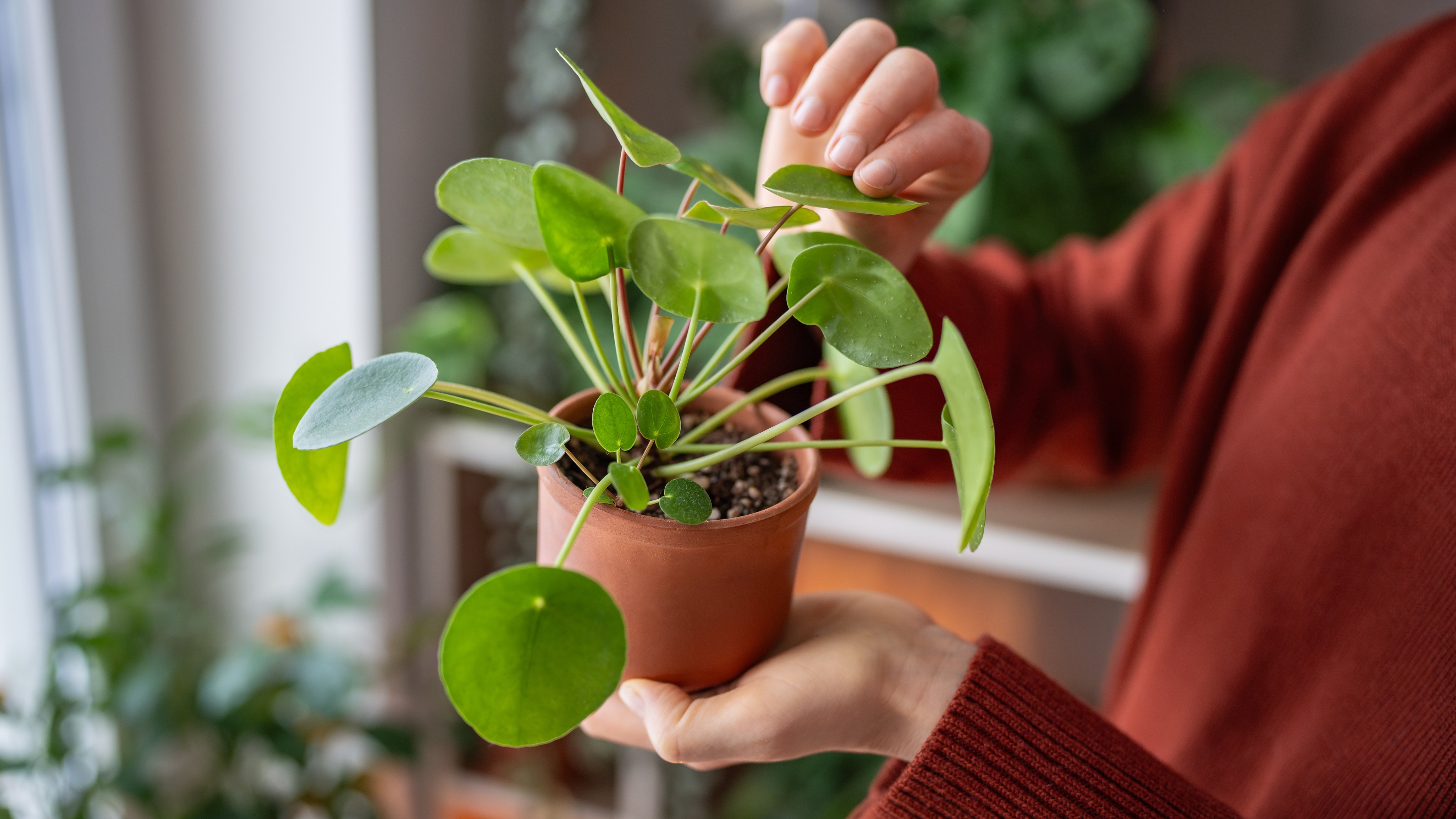
Propagate a Chinese money plant with confidence with our expert advice before you start. While the process may seem straightforward, there are a few ways you can go wrong, especially if you're a beginner.
We asked gardening pros for their best tips for sprouting a whole new plant from your healthy greenery. From removing offshoots to planting in a new pot, they reveal three ways to use what you already have to grow new Chinese money plants.
Learning how to propagate plants is a great way to get the most bang for your buck. Once your plant is thriving you can simply grow new ones to create your own indoor jungle for next to nothing.
How to propagate a Chinese money plant
After taking care of a Chinese money plant and growing it into adulthood, you can think about removing offshoots to grow a whole new one. The simple process of propagating is a handy way to acquire more indoor plants, or even give one to a friend or family.
Thankfully, Chinese money plants, also known as Pilea peperomiodes, are pretty easy houseplants to look after. With a moderate amount of light and water, you can avoid killing this houseplant, even if you're a newbie.
It's best to propagate a Chinese money plant during the active growth period in spring and early summer.
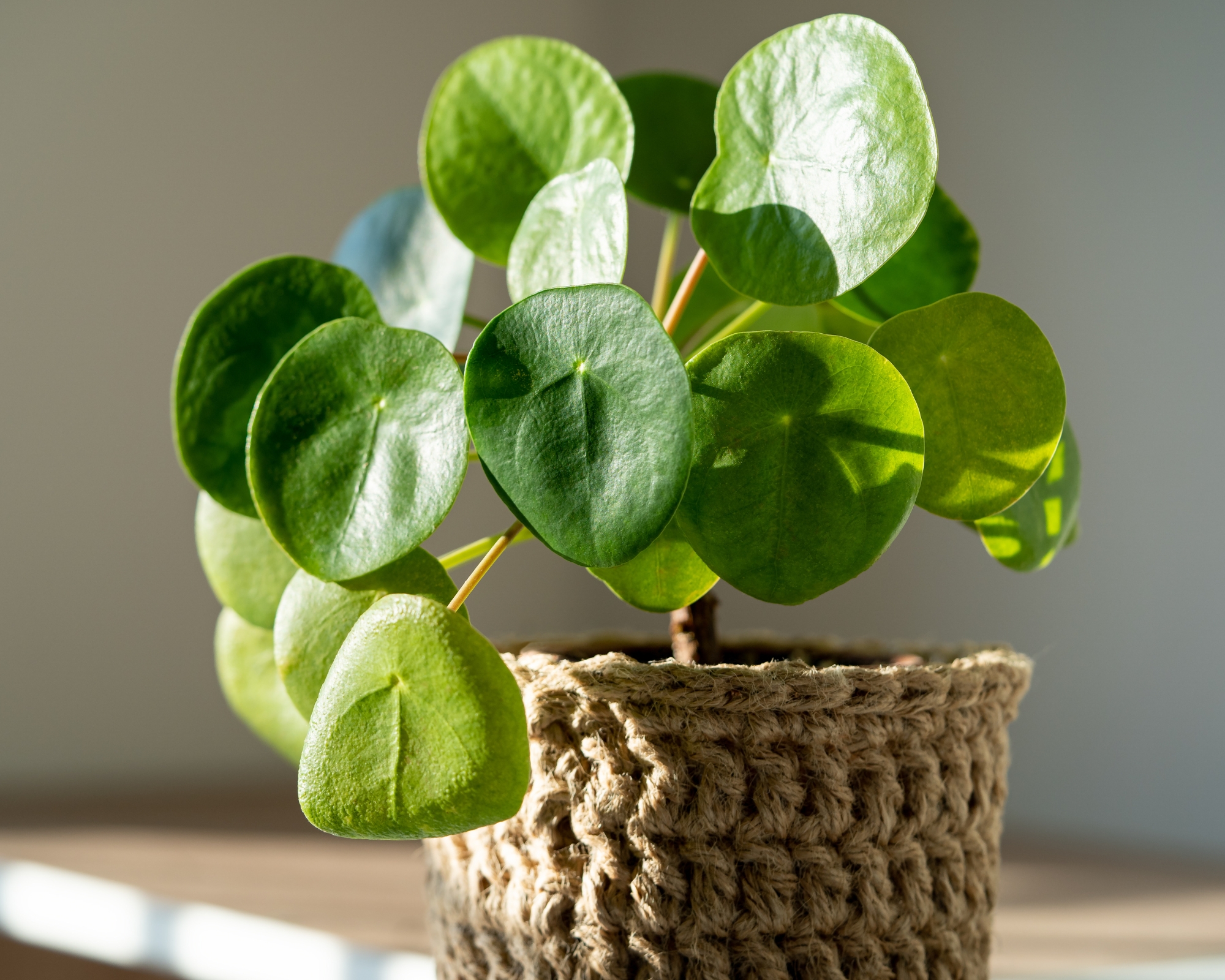
1. Propagate from offshoots
The easiest way to propagate a Chinese money plant is to remove the offshoots from the soil.
Get small space home decor ideas, celeb inspiration, DIY tips and more, straight to your inbox!
"Chinese money plants, or pilea, will grow small offshoots called 'pups.' These are essentially baby versions of the full-size plant," says Gene Caballero, co-founder of GreenPal.
To extract these, carefully remove the plant from its pot (set up some newspaper on the floor to collect excess soil).
Gene says, "Once you can see the root system, you should easily be able to identify the offshoot. Gently pull the offshoot out of the soil, trying to keep the roots intact."
Once you have your offshoot complete with its roots, you can plant it straight into a small nursery pot, such as these plastic pots available on Amazon.
2. Propagate from the stem
Your Chinese money plant may already be growing offshoots from its stem which you can propagate as well.
"Gently pull on the offshoot by the base near the stem. Try not to rip or damage the offshoot, it should pop off pretty easily," says Jamie Mitri, the founder of Moss Pure.
Once your offshoot is removed, place it in a small vase or bowl filled with clean water. The base should be submerged with the leaves above the water. It should start to grow roots in a couple of weeks.
3. Propagate from leaf cuttings
When most people think of propagating, they'll probably think of taking leaf cuttings. But you should reserve this method as a last resort, as it's the least productive.
"Leaf cuttings can go wrong if you take it from the wrong part of the plant or you use contaminated shears," says Gene. "It also takes a long time to produce roots."
Using a sanitized knife or shears (like these precise gardening scissors from Amazon) cut a leaf from the main stem of the adult plant at the base of the stalk. Then soak the base of the cutting in clean water and the roots will begin to grow in one to two weeks.
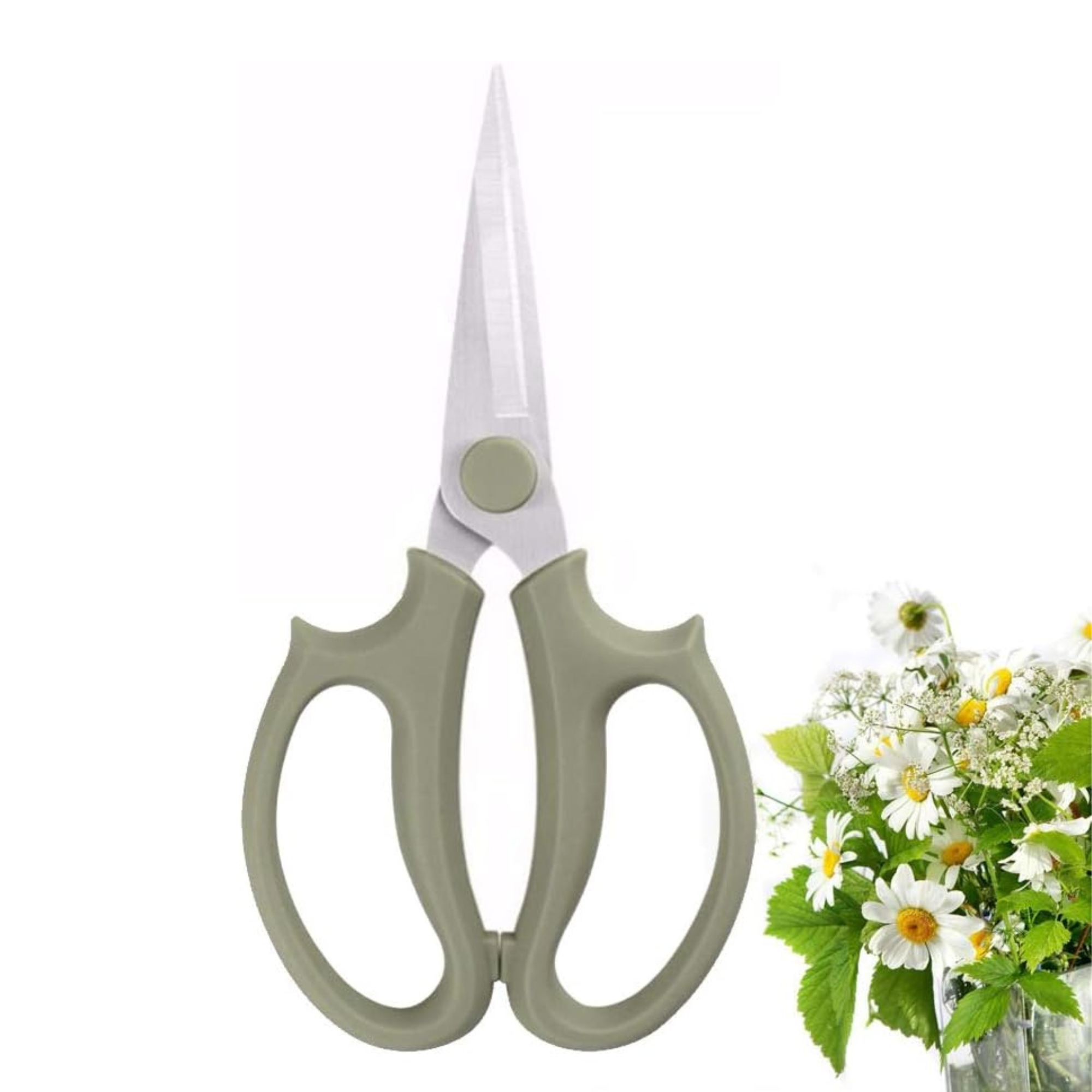
Price: $8.50
These sage green flower scissors are handy for anything from creating a new arrangement to propagating your favorite indoor plant.
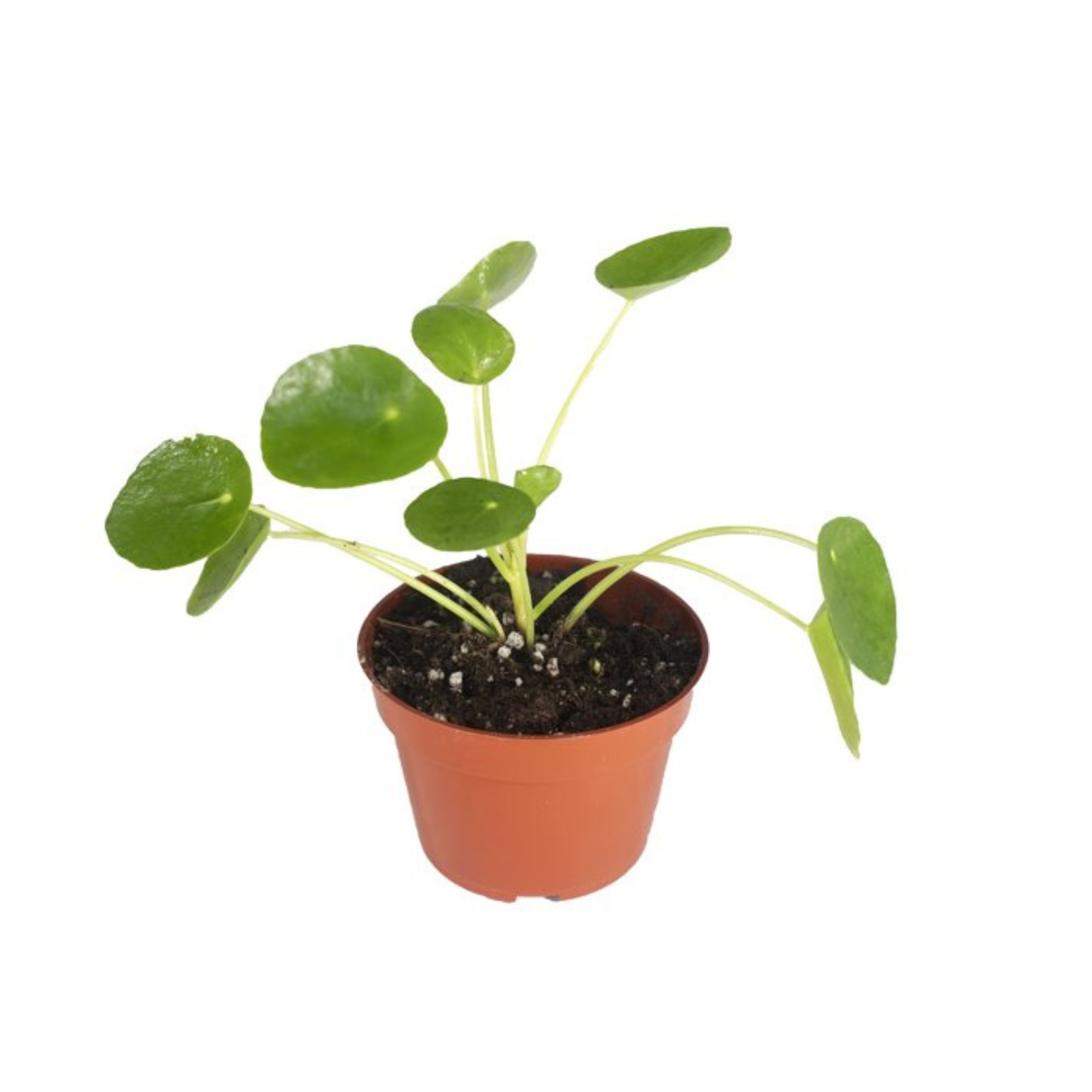
Price: $17.99
This easy indoor plant is a great option for beginners as it's pretty low-maintenance and simple to propagate.
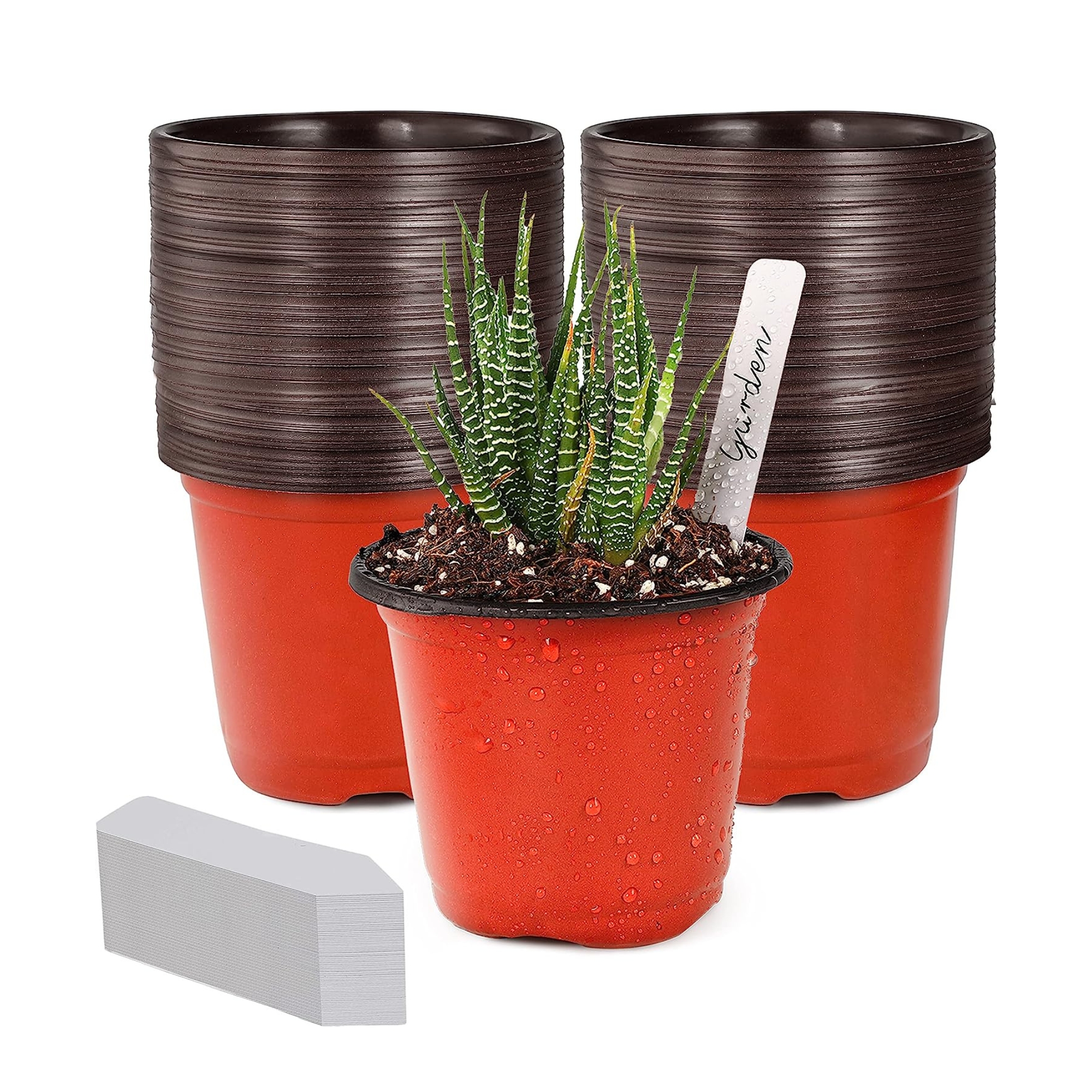
Price: $11.99
Stock up on these small nursery pots for planting off shoots and small cuttings.
If your indoor plants are lacking a little sunlight, you may want to consider investing in one of the best grow lights to help give them a boost. It's a great solution in the winter or if your living space is dark or on the cold side.

Hey! I’m Emily and I’m the deputy digital editor at Real Homes. I’m here to bring you the latest decor trends, inspirational ideas, informative how tos, the latest celeb homes style and the best budget-friendly buys. I live in a rented apartment, making the most of small spaces and using accent pieces to make things pop. When I’m not writing, I’m usually doing yoga, eating chocolate or working on my skincare routine.

